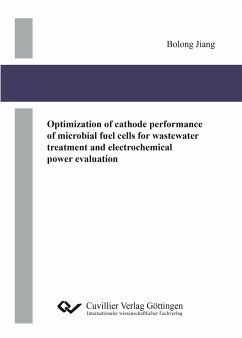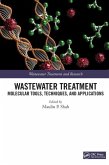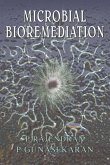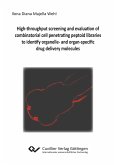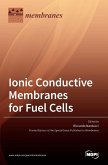The improvement of microbial fuel cell (MFC) performance in a real wastewater treatment plant requires the investigation of several aspects. Firstly, a suitable cell design and electrochemical test procedure has to be set up and operated. Secondly, it is necessary to identify which electrode is the limiting electrode. Thirdly, it requires developing catalysts for the performance determining electrode. Fourthly, a method needs to be developed for the attachment of solid catalysts to the surface of the electrode. Finally, all these steps need transfer to technical scale. The data suggest that the MFC fabricated with the catalyst prepared using graphite, ¿-MnO2 and MoS2 in a weight proportion of 20:1:1 exhibited the highest optimal power density of 120 mW/m2. However, after ultrasonic treatment, the power density significantly improved to 183 mW/m2. The long term performances of the MFCs fabricated using catalysts prepared with different graphite, ¿-MnO2 (ß -MnO2) and MoS2 proportions decreased in the order of 20:1:1 (ß -MnO2) > 20:1:1 (ultrasonic) > 10:1 (ß-MnO2) >20:1:1 (¿-MnO2) > 30:2:1 (¿-MnO2) >30:1:2 (¿-MnO2).
Hinweis: Dieser Artikel kann nur an eine deutsche Lieferadresse ausgeliefert werden.
Hinweis: Dieser Artikel kann nur an eine deutsche Lieferadresse ausgeliefert werden.

